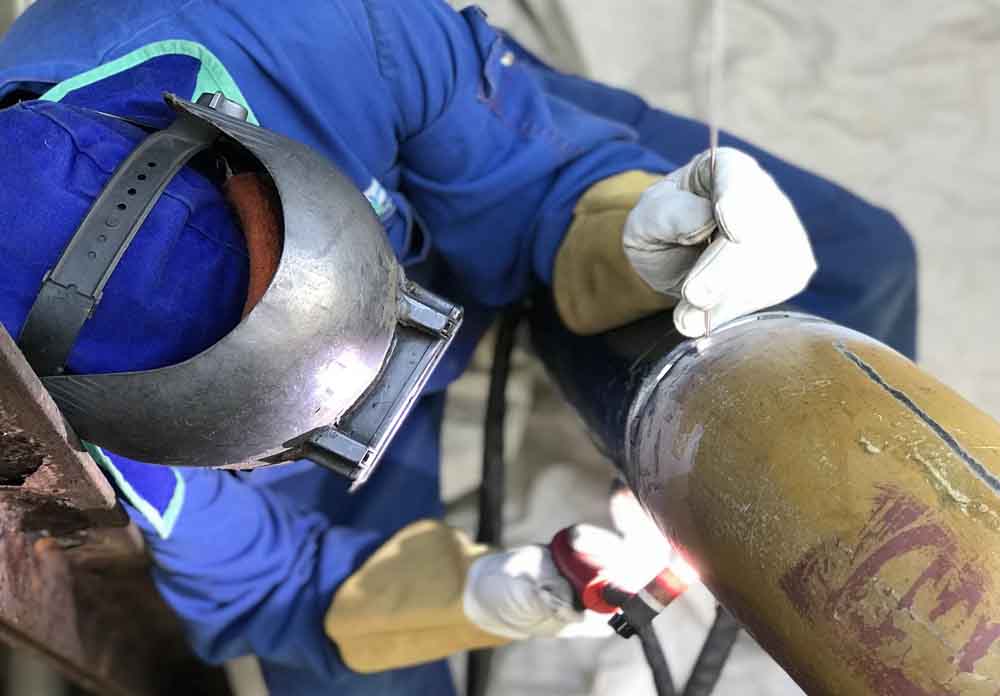
Analysis and assessment of occupational risks
After the classification of the activities developed in the company, the risks associated with the work area must be identified. The objective of this process is to estimate the hazards and risks inherent in the productive activity, detailing the probability and consequences of occurrence.
The National Institute for Safety and Hygiene at Work in Spain (INSHT) establishes that the assessment of occupational risks is the process aimed at estimating the magnitude of those risks associated with work activity that could not be avoided, obtaining the necessary information to identify what are the preventive measures that must be adopted to reduce them.
According to the INSHT, the risk assessment process consists of the following stages:
I. Identification of hazards: Not all jobs have the same risk factors, this will depend on the place and the task performed. The hazards can be cataloged as follows:
This identification is made through measurements, analysis or tests deemed necessary, except in the case of facilities, activities or processes in which direct observation of accredited professionals allows reliable conclusions.
II. Risk assessment: every possible hazard identified as risk must be estimated by determining the potential severity of damage in relation to and the probability of the event occurring.


Source: National Institute of Safety and Health at Work in Spain.
III. Risk Valuation:Risk levels indicated in the table above, serve to prioritize enforcement actions and measures to improve existing controls or implementation of new accident prevention plans, this way safe environments can be created with standards and safety equipment in line with production needs. Then the actions of execution and measurement are explained by the level of risk identified:
The INSHT with the value of the risk obtained and comparing it with the value of the tolerable risk, results in the tolerability of the risk in question. The result of the risk assessment should be used to make an actions and prevention plans.
Source: National Institute of Safety and Health at Work in Spain.

We are a Venezuelan company founded in 1992 in Guatire, Venezuela, with the purpose of manufacturing safety, protective and work footwear.
© 2021 | Calzado Sicura